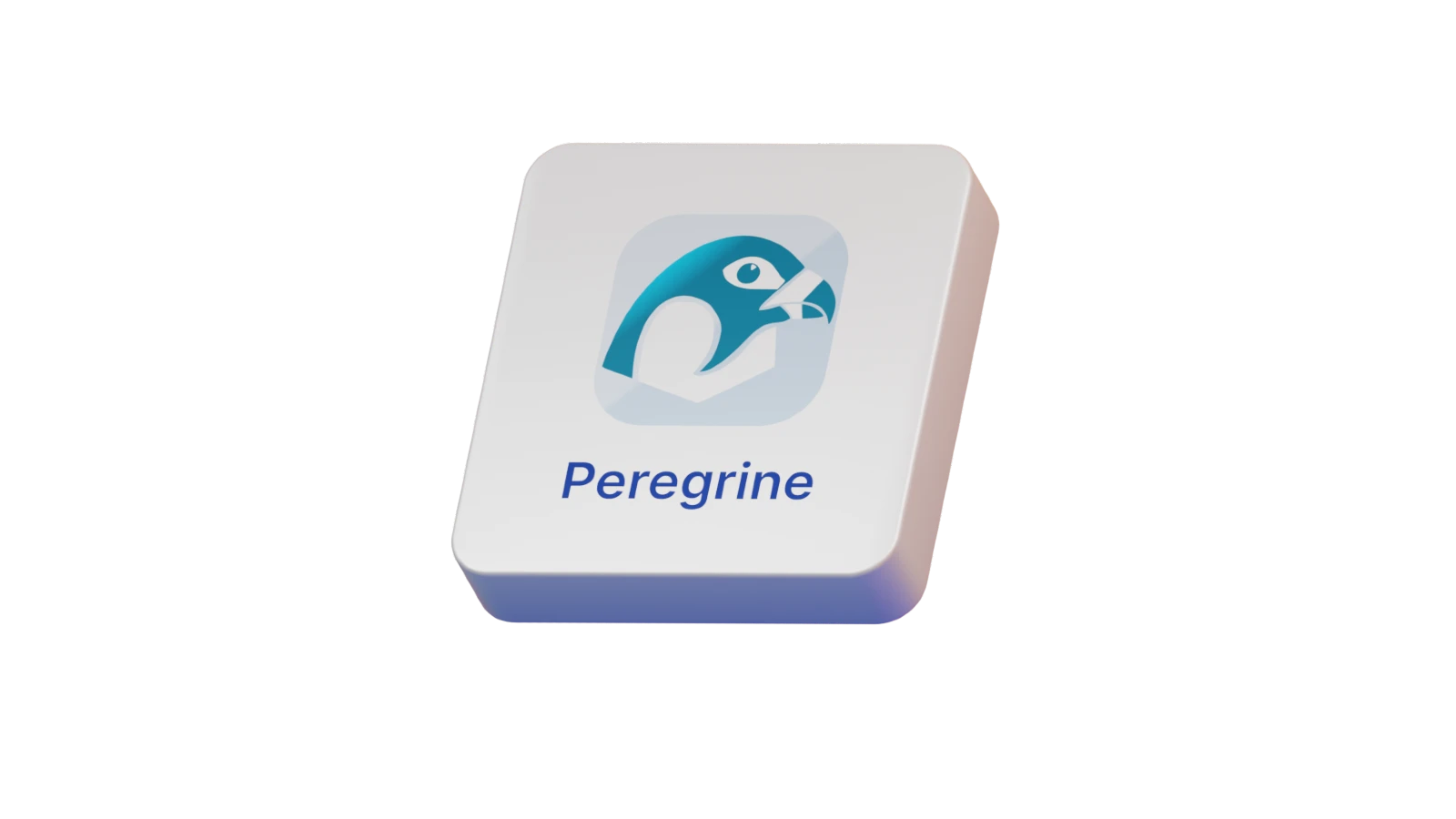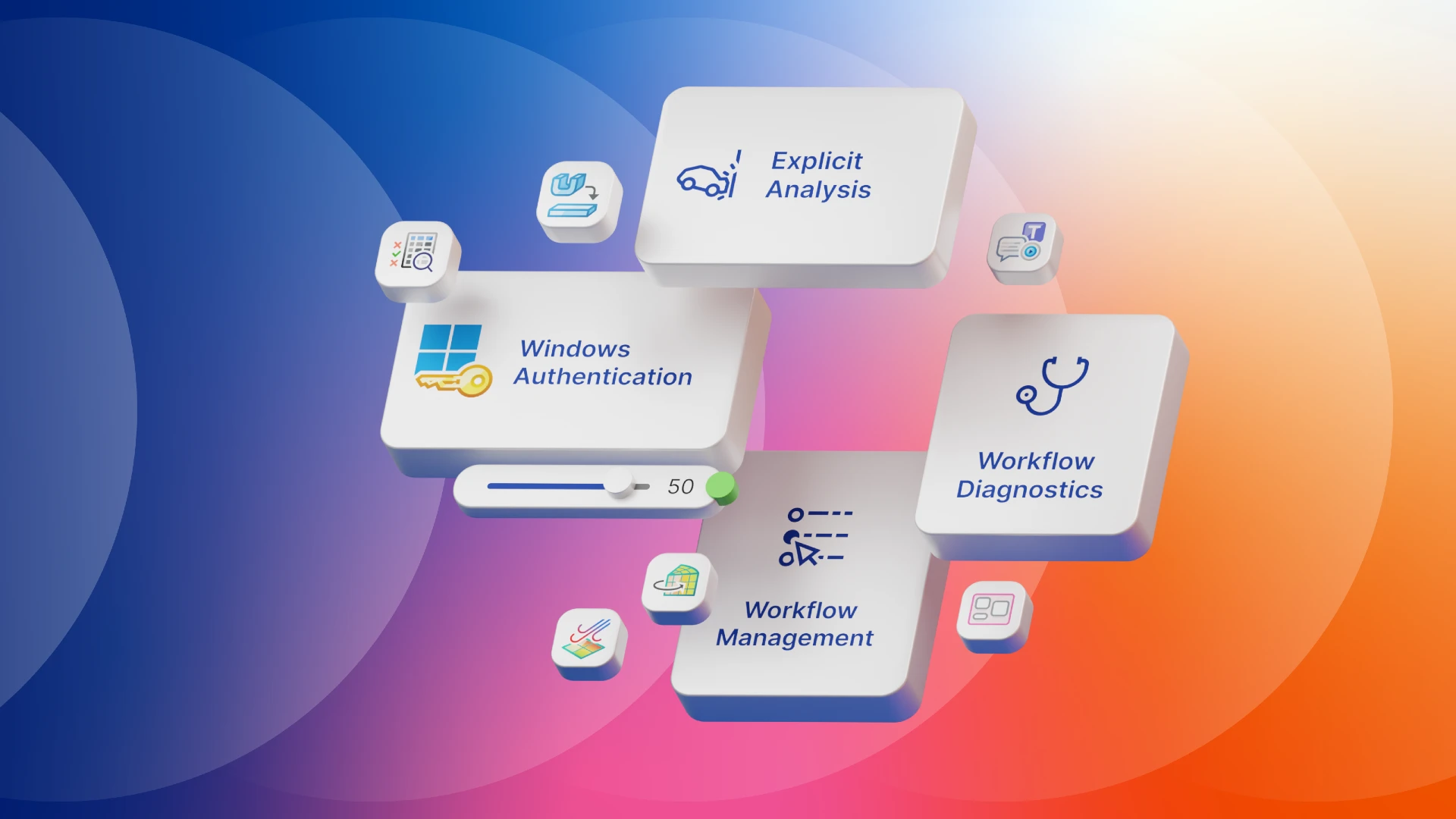In this insightful podcast episode, Daniel Siegel, Co-founder and Co-CEO of Synera, shares his expert knowledge about the transformative impact of automation in the fields of CAE (Computer-Aided Engineering) and FEA (Finite Element Analysis). He explores how Synera’s low-code platform is simplifying complex workflows, empowering engineers to automate tasks across departments and organizations.
Understanding CAE Automation
CAE automation is transforming engineering processes, yet many companies face significant barriers to implementing it. We discuss the status quo of CAE automation and why engineers struggle with automating tasks. The conversation highlights the difficulty of working with different automation languages and tools, which raises the bar for engineers to fully adopt automation.
Daniel explains that Synera’s low-code platform is designed to remove these barriers by offering engineers a simplified approach to automation. Instead of diving deep into programming languages, engineers can deploy automated workflows in a web application with just a click, making it accessible to everyone in the company.
The discussion emphasizes the significant value of low-code solutions, particularly for small and medium-sized companies that lack dedicated scripting resources. The ability to automate and share workflows across teams opens new possibilities for collaboration and efficiency.

The Intersection of Technology and People
Daniel touches on the delicate balance between technology and human expertise. While low-code automation enables engineers to develop robust, reusable workflows, the true power lies in its ability to scale knowledge across departments. Automation workflows made by one team member can easily be shared with others, saving time and ensuring consistency in processes.
Synera’s approach also emphasizes the importance of maintaining responsibility over automated workflows. Daniel explains that engineers can’t simply “throw the automation into the pool” and move on; instead, they must take ownership of their workflows, ensuring that the automated processes continue to meet the required standards and support the organization’s objectives.
Looking to the Future
The future of CAE automation looks promising, with significant developments on the horizon. Daniel talks about the growing interest in parametric optimization, a method that allows engineers to explore different design variables efficiently. By integrating low-code solutions, companies can streamline this process and achieve more accurate simulations with less effort.
The conversation also highlights emerging trends like machine learning and reduced order models, which are beginning to make an impact in CAE. These tools allow for faster, predictive simulations, cutting down lead times and enabling engineers to focus on higher-level tasks.





